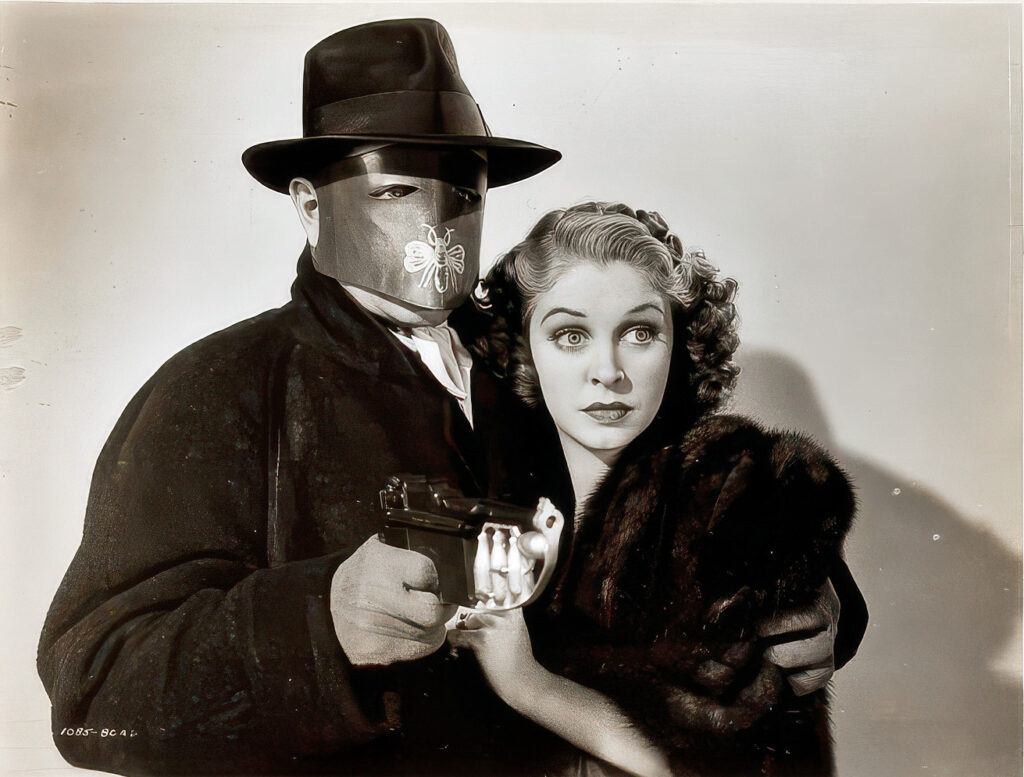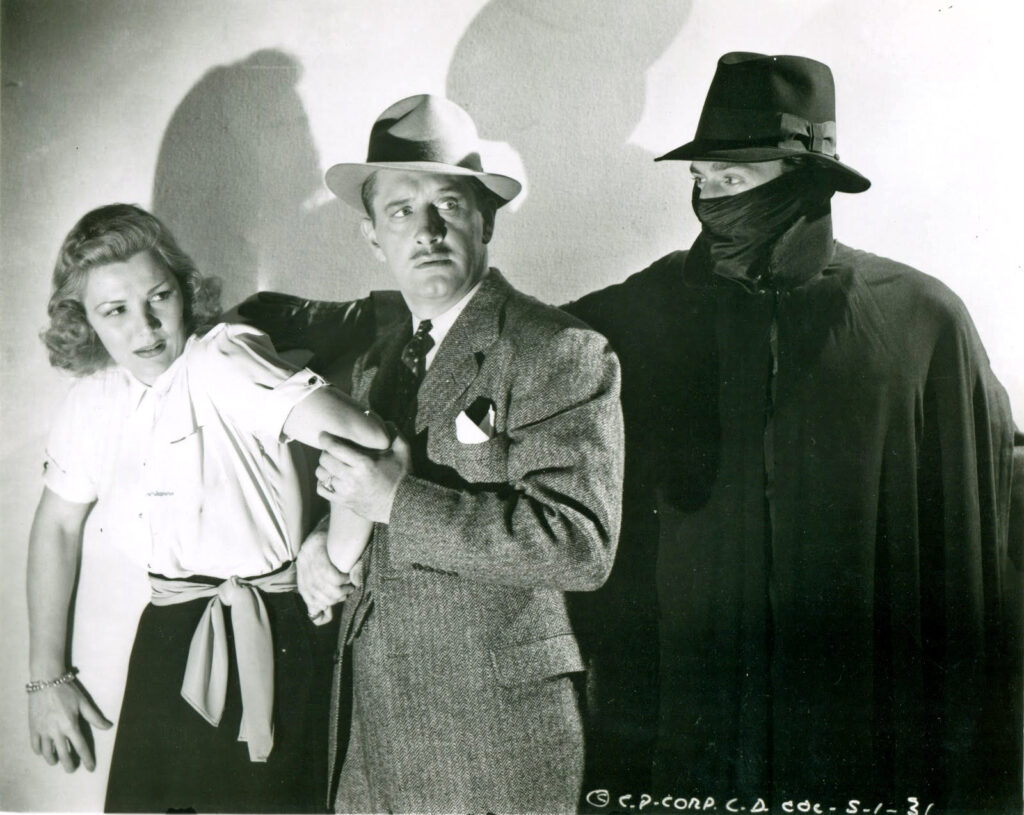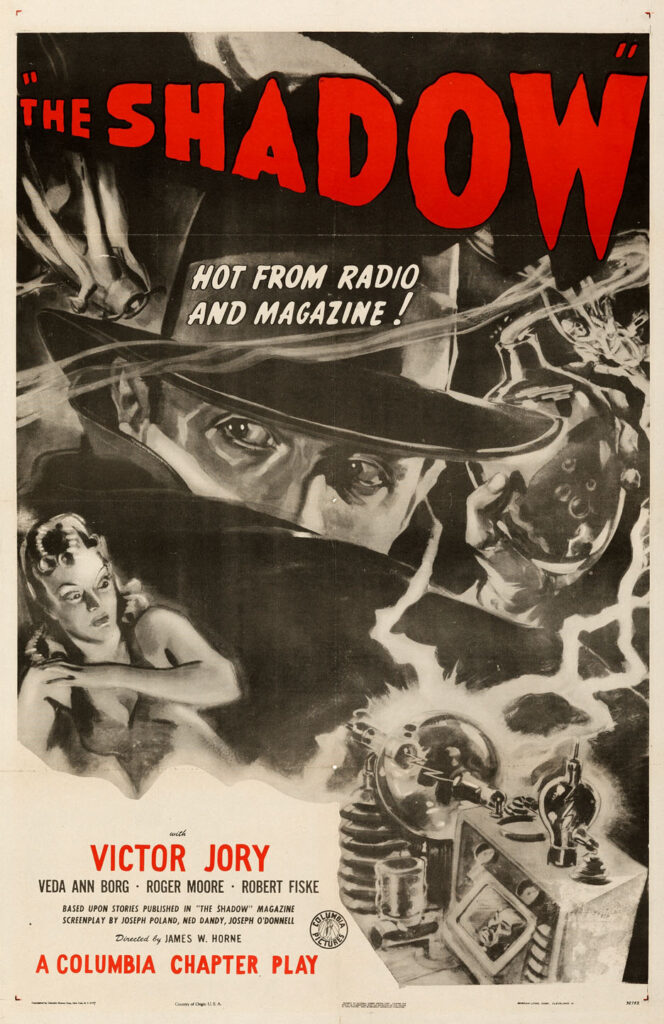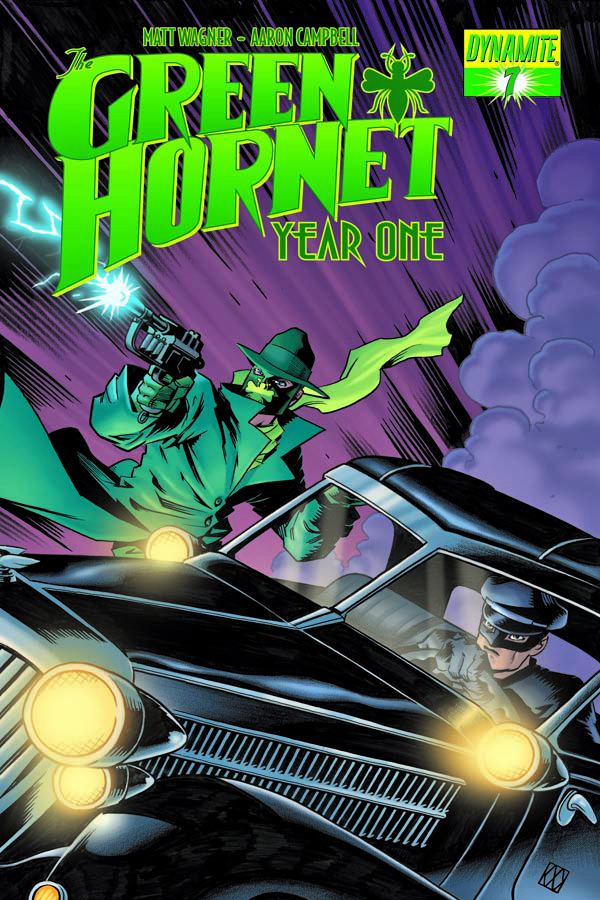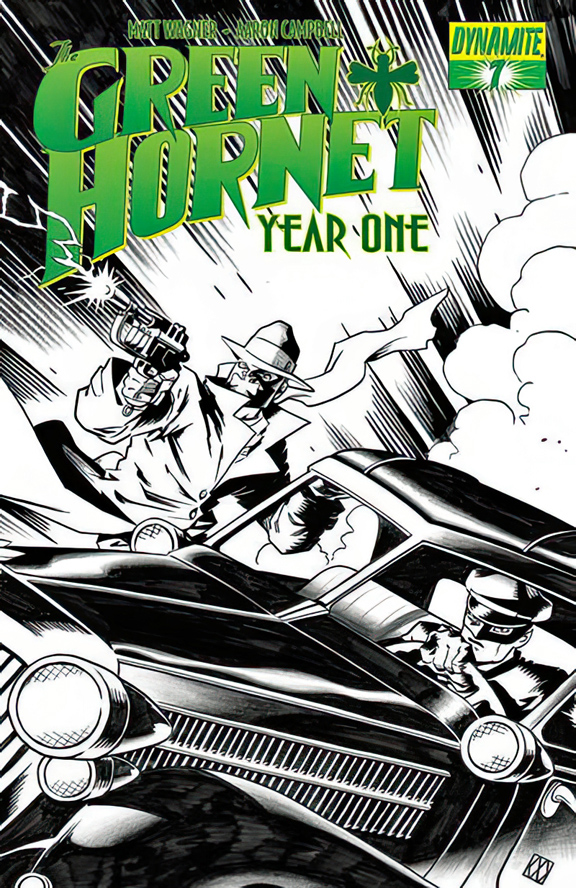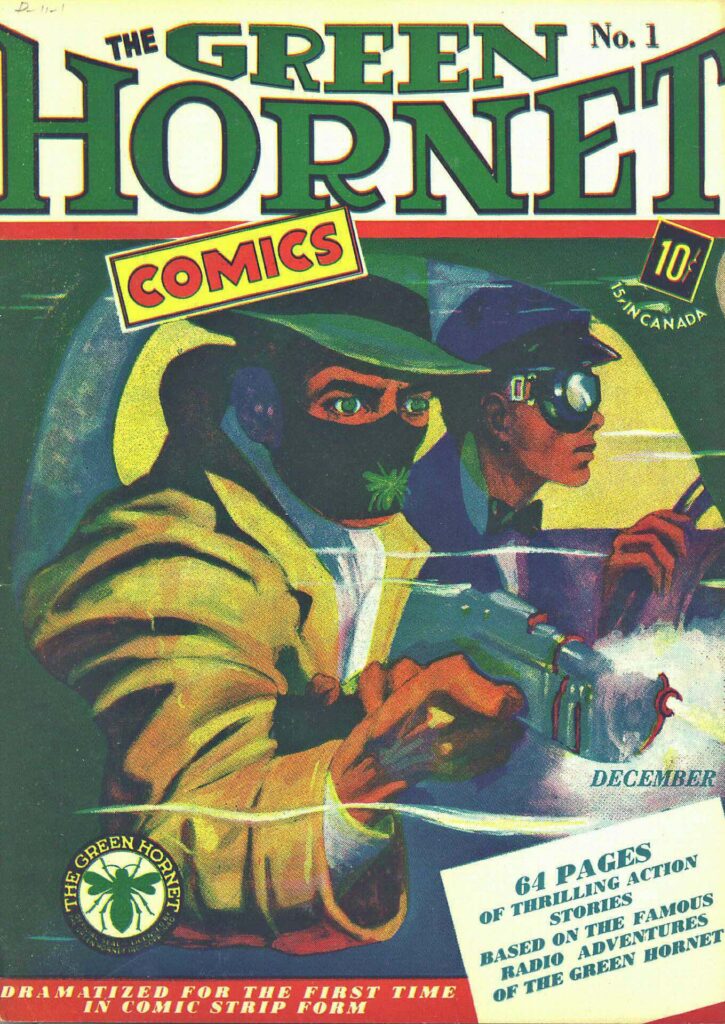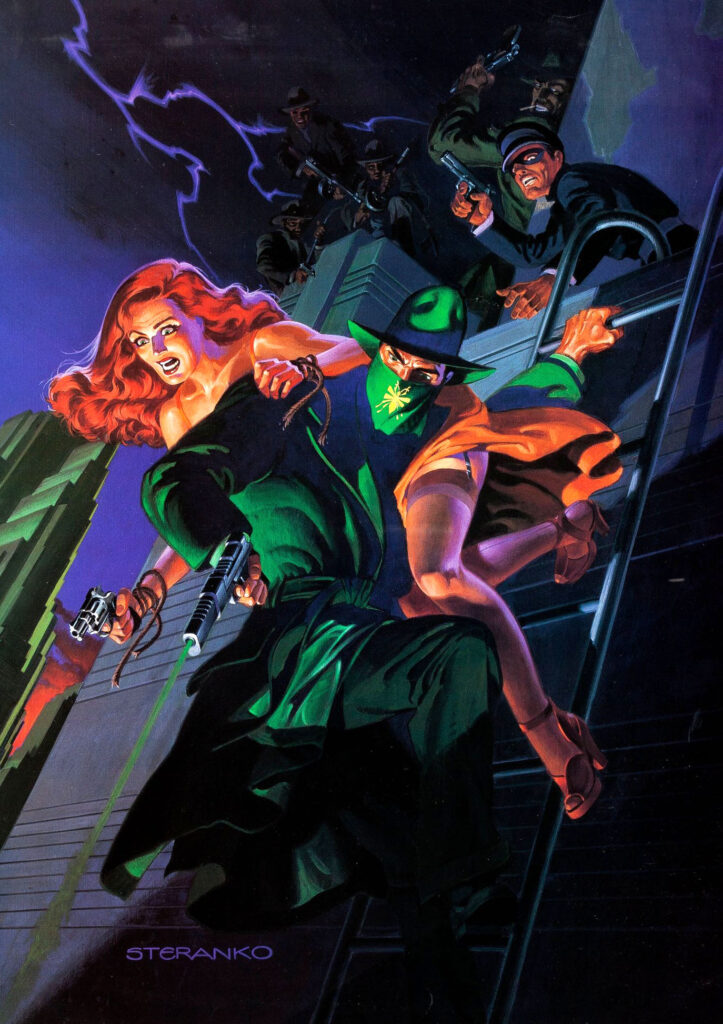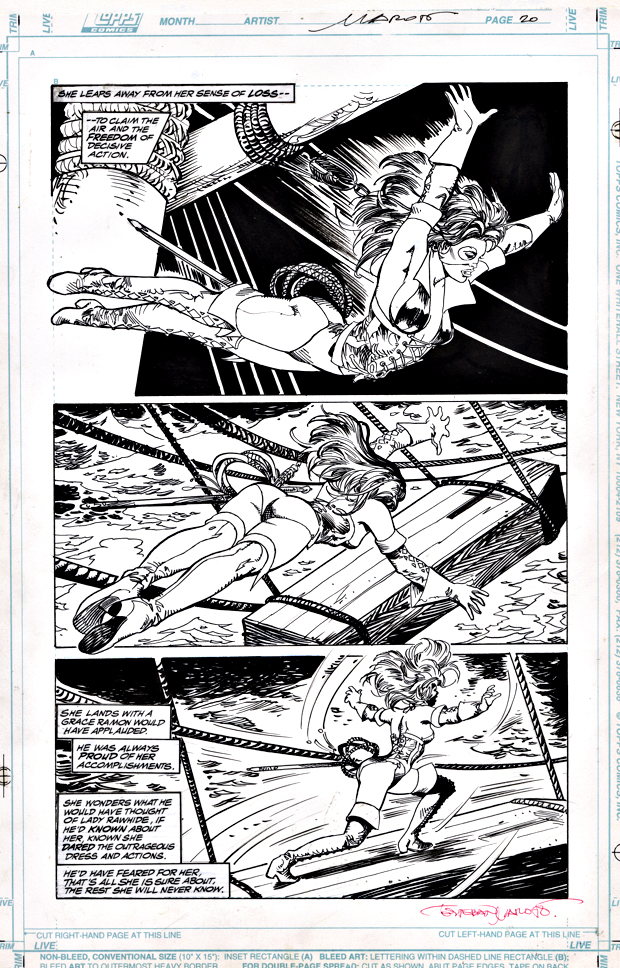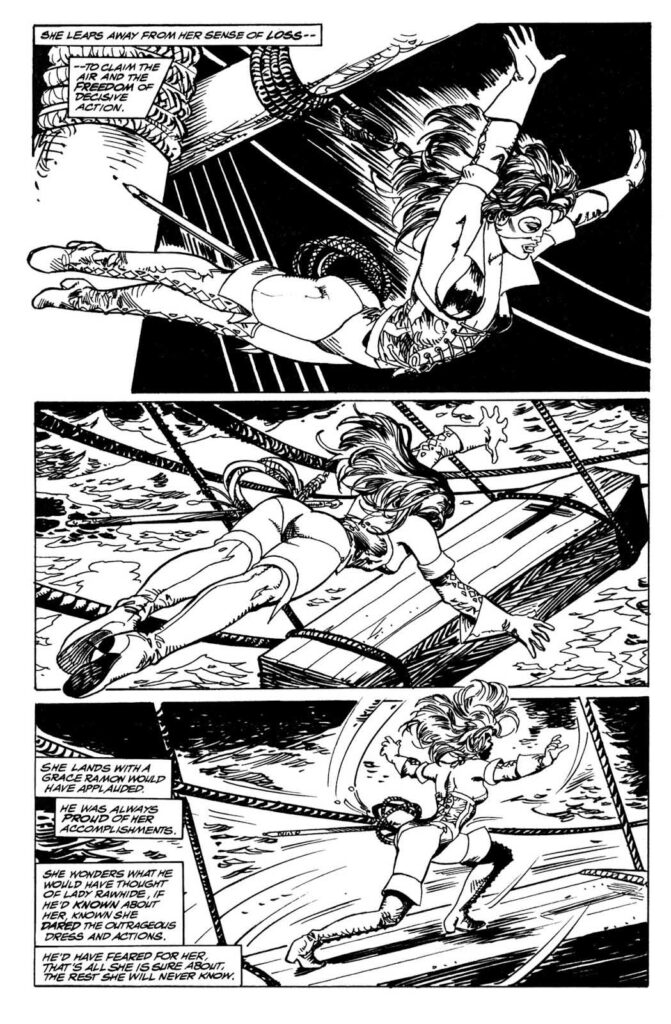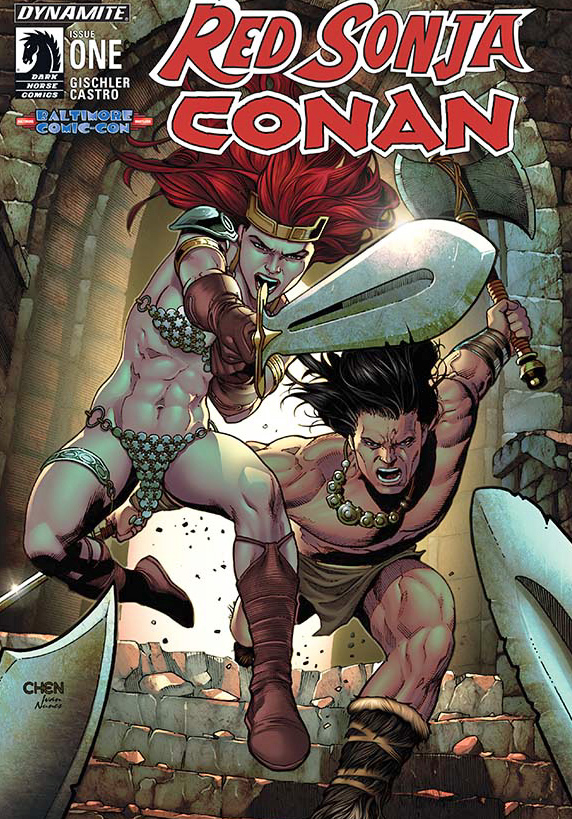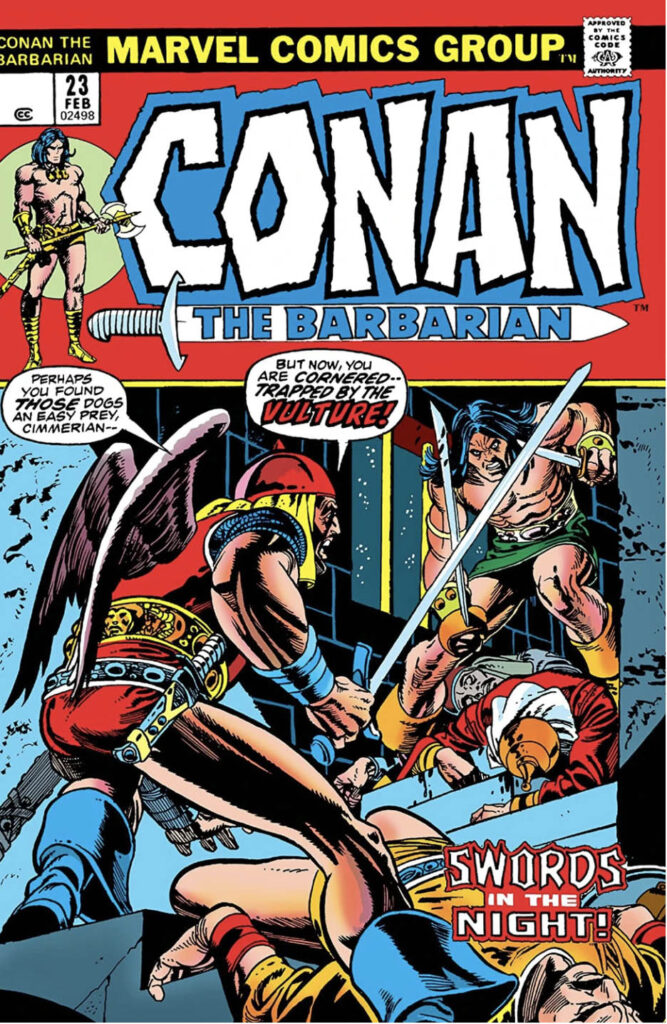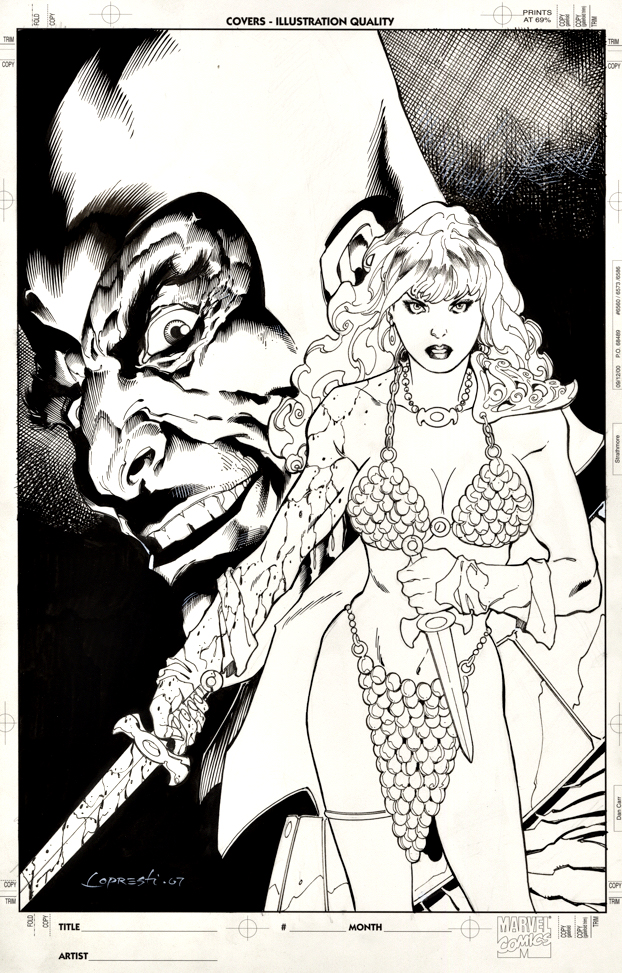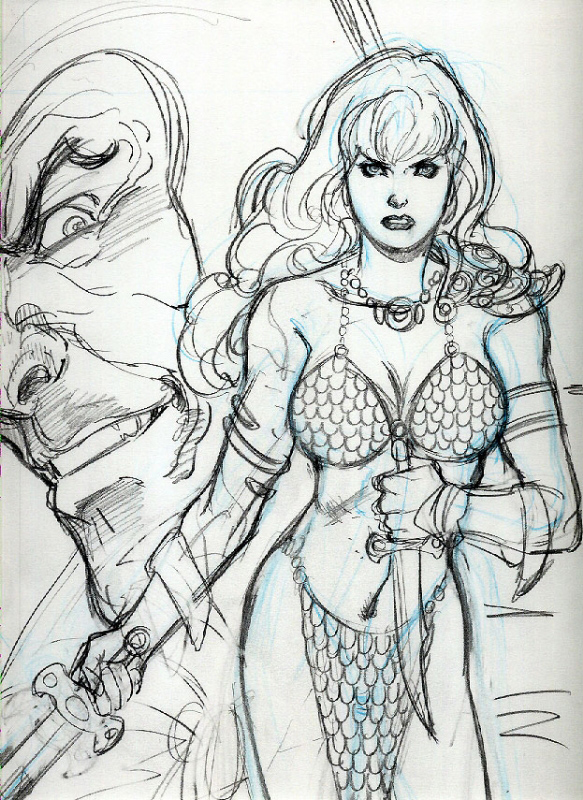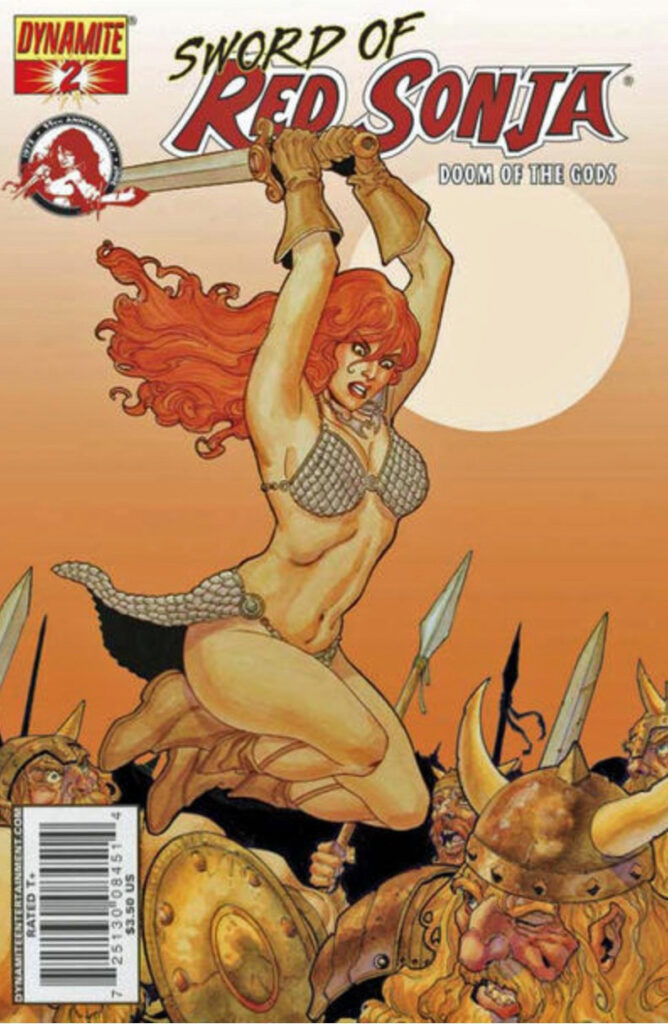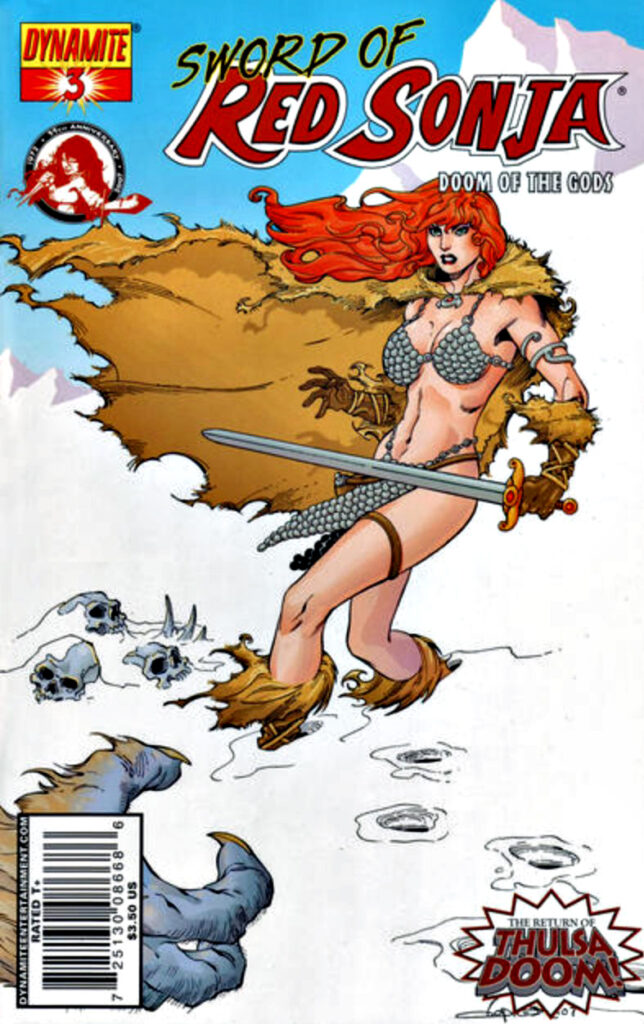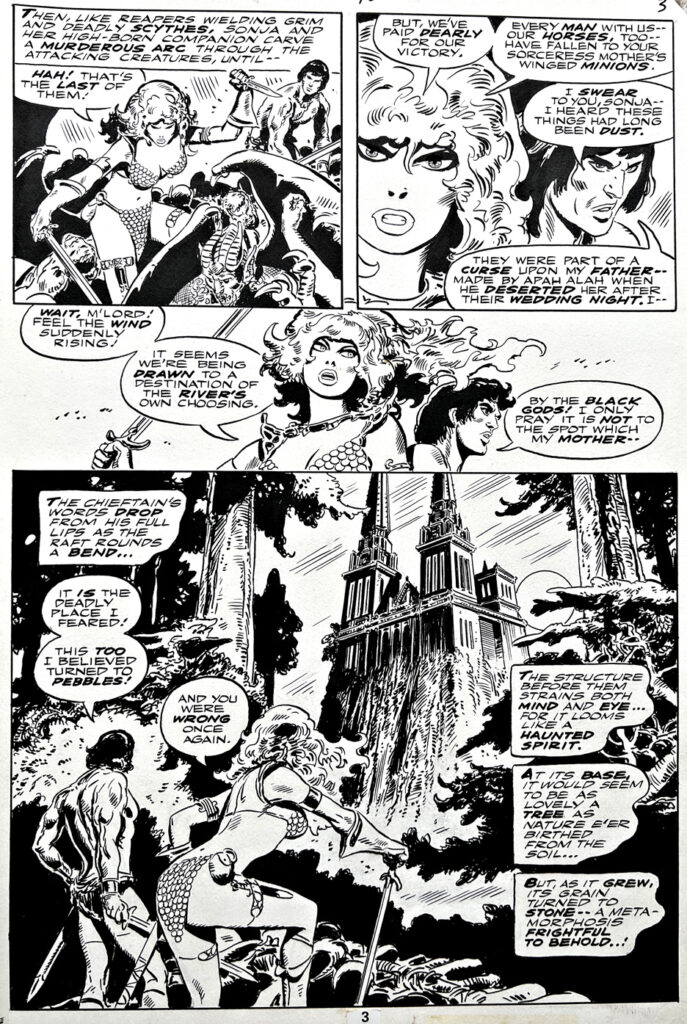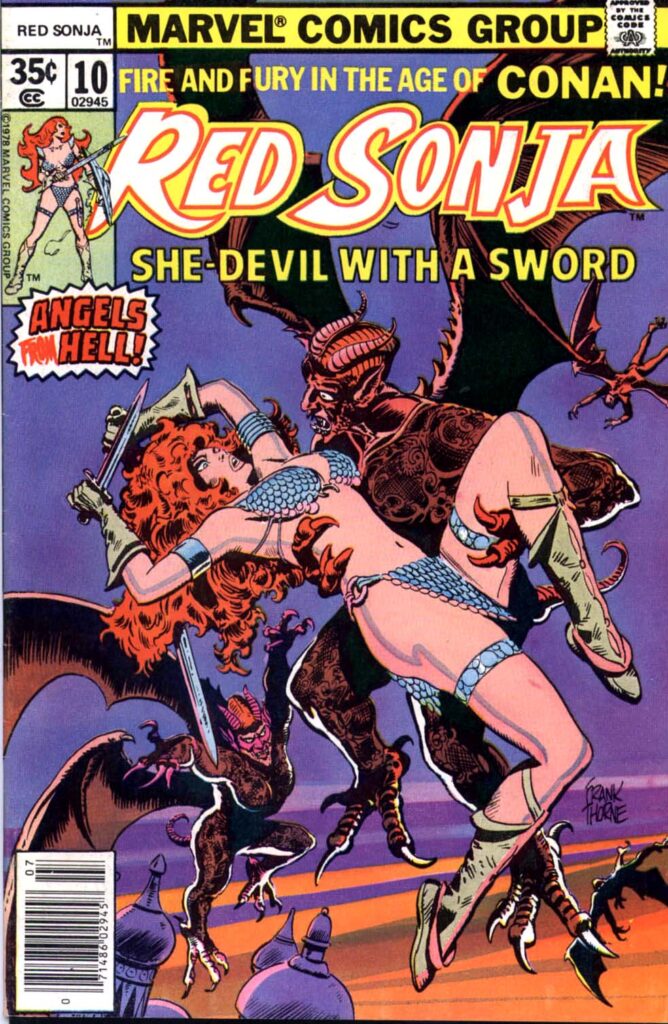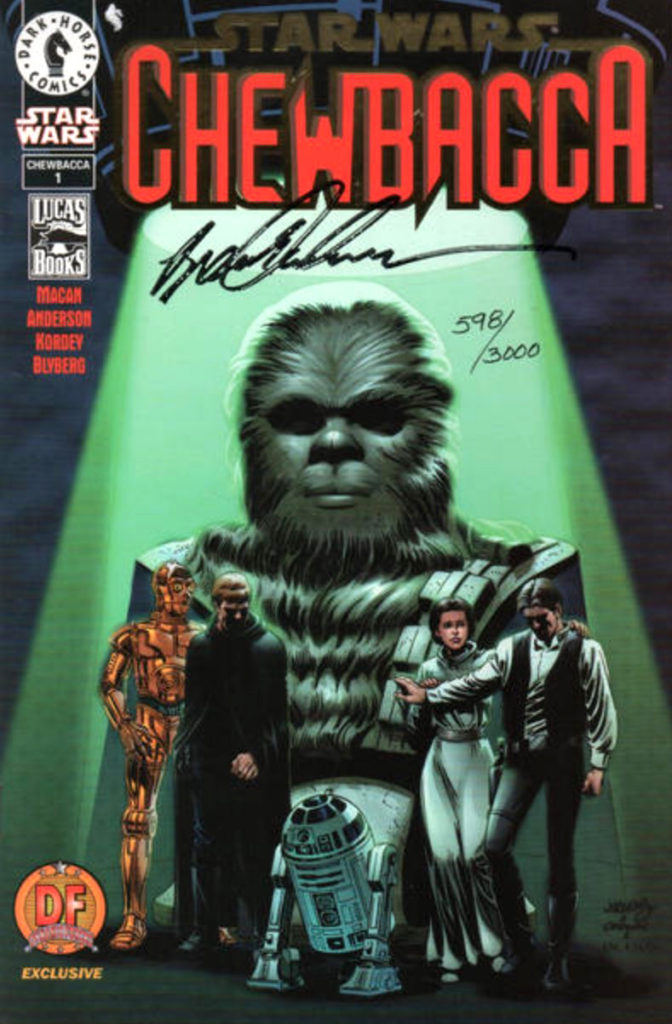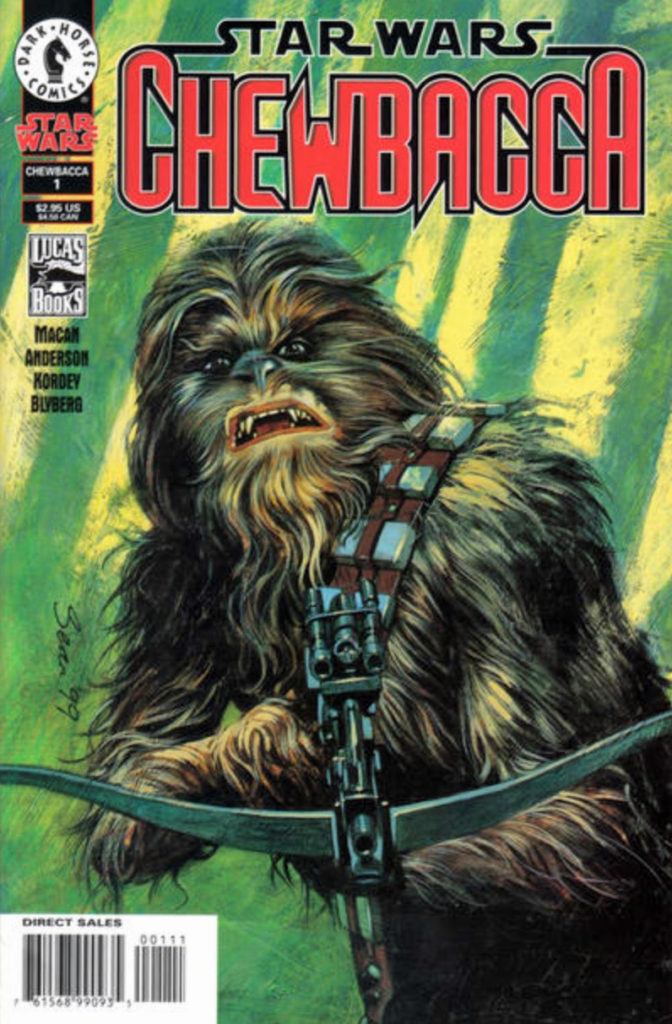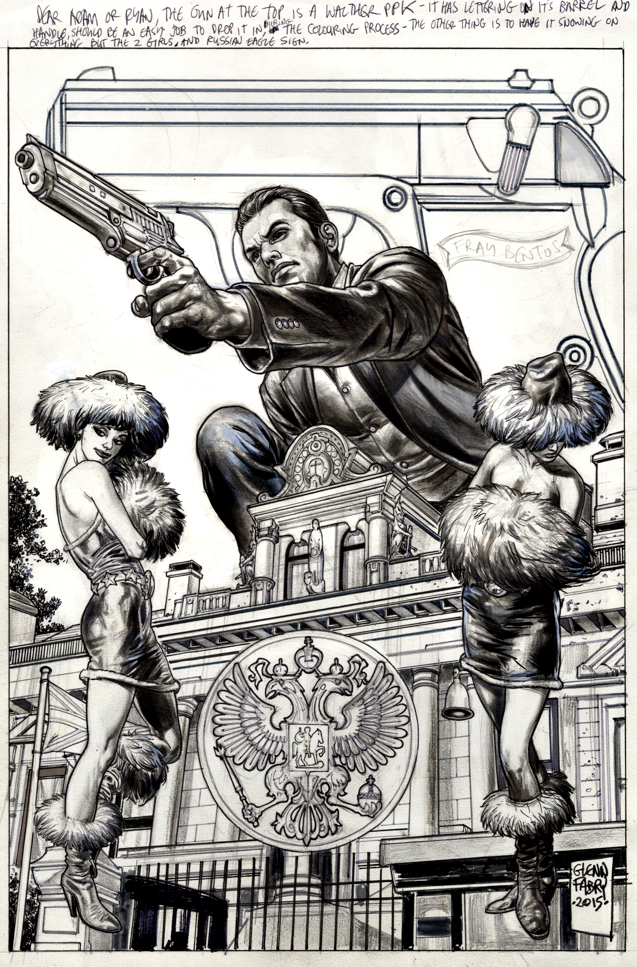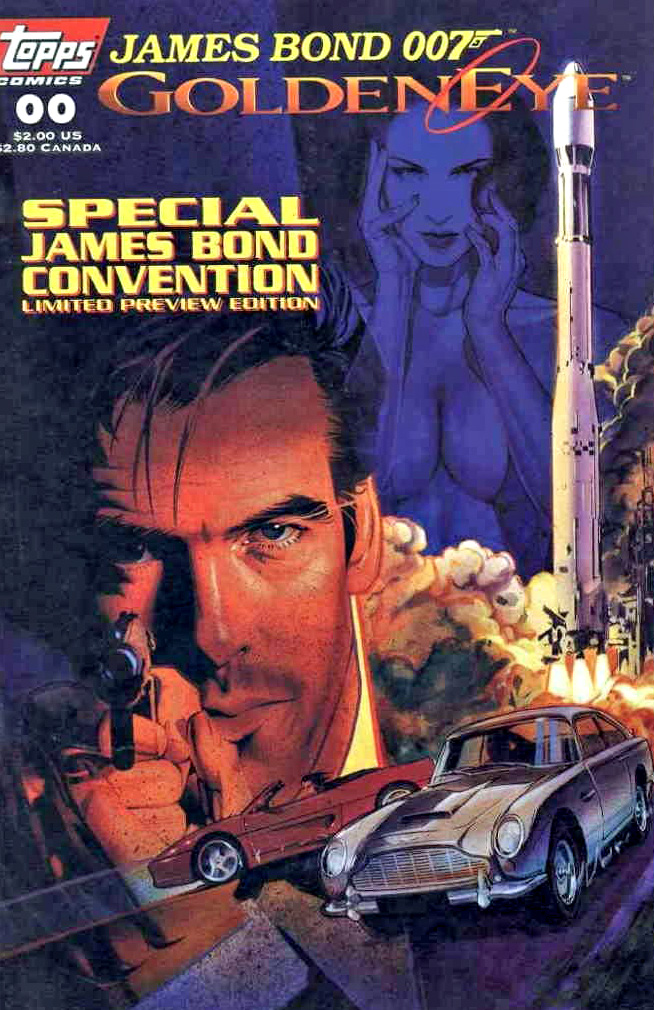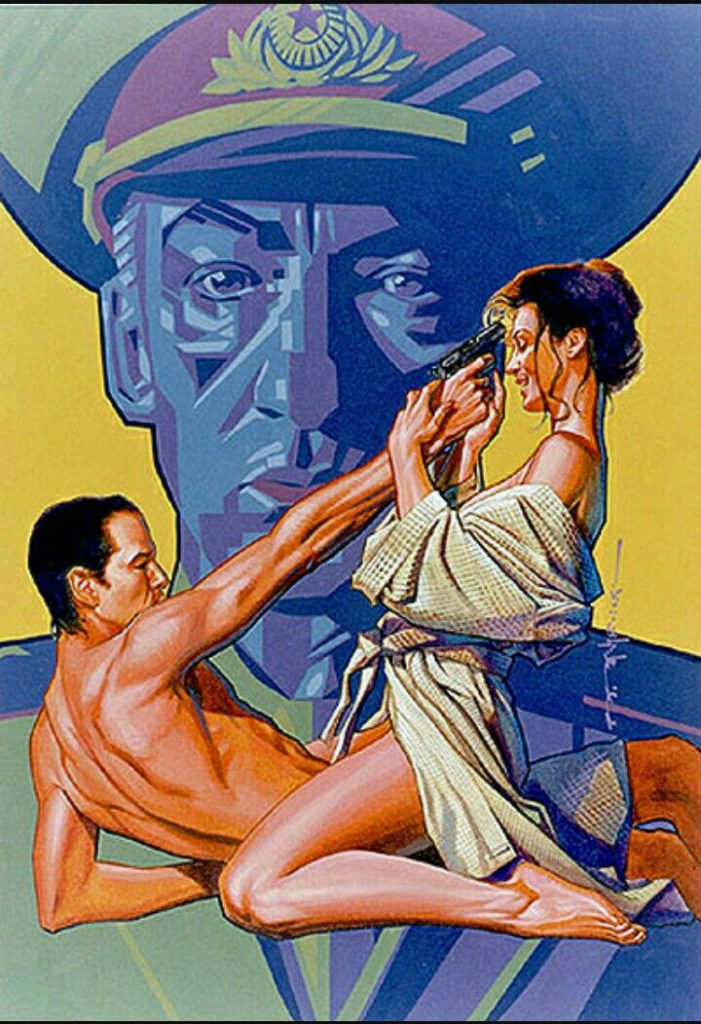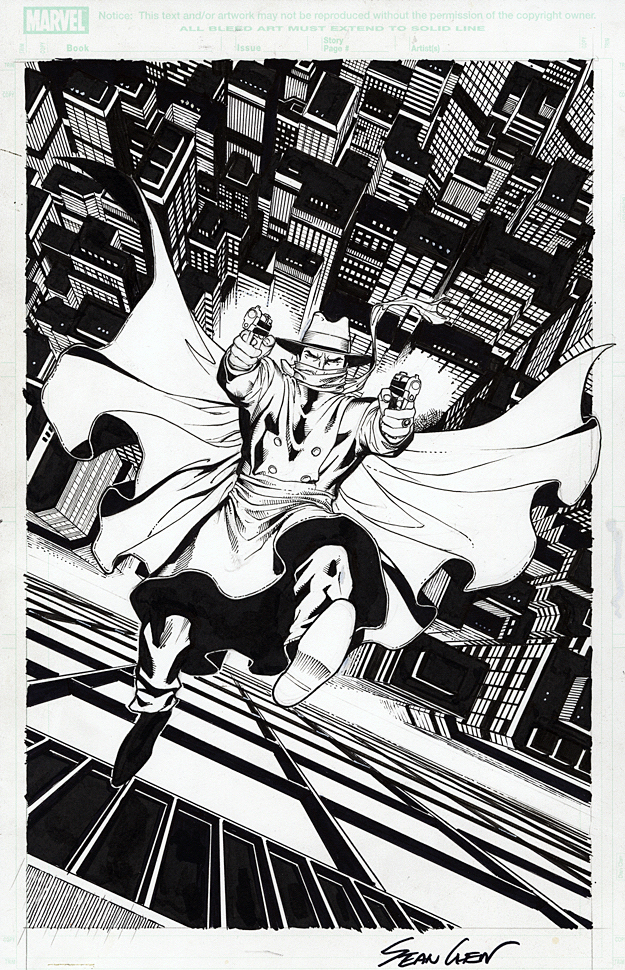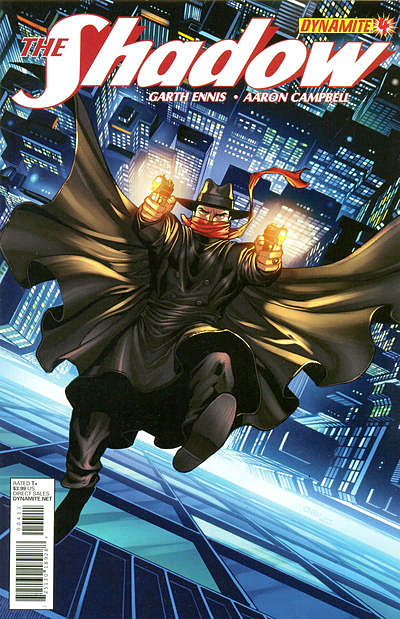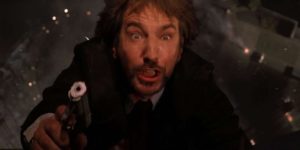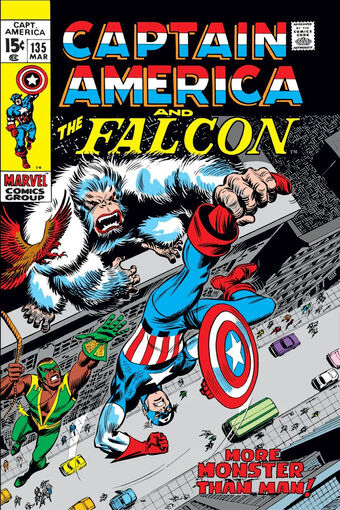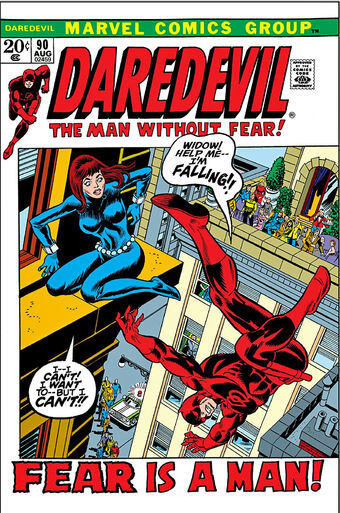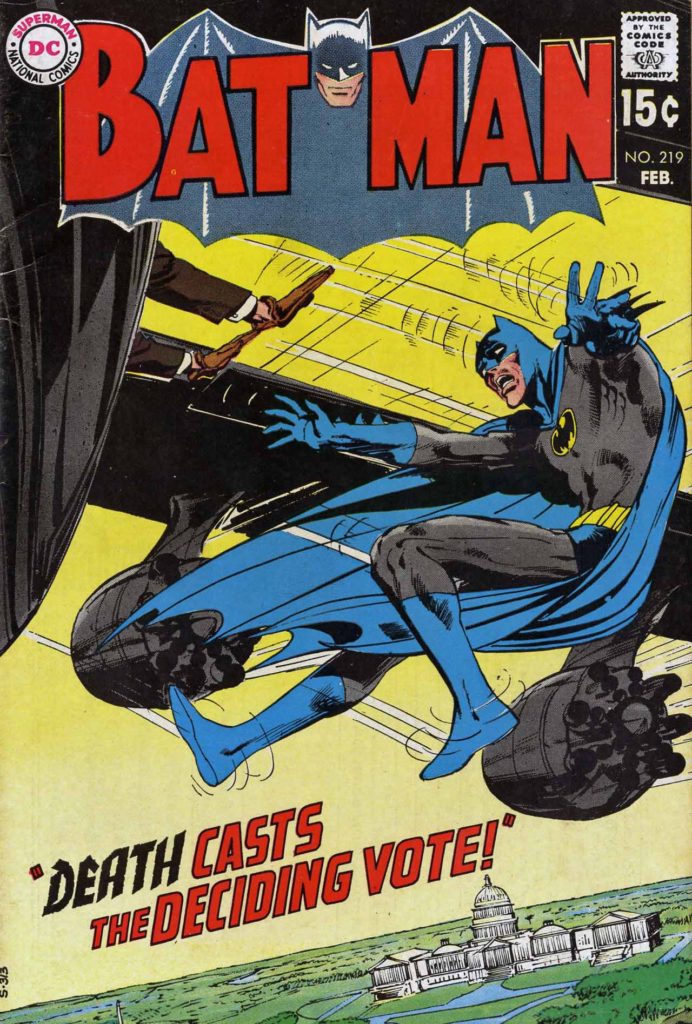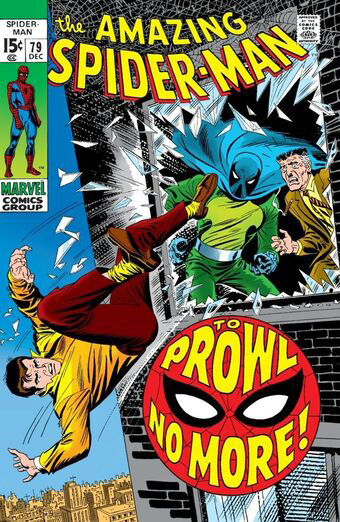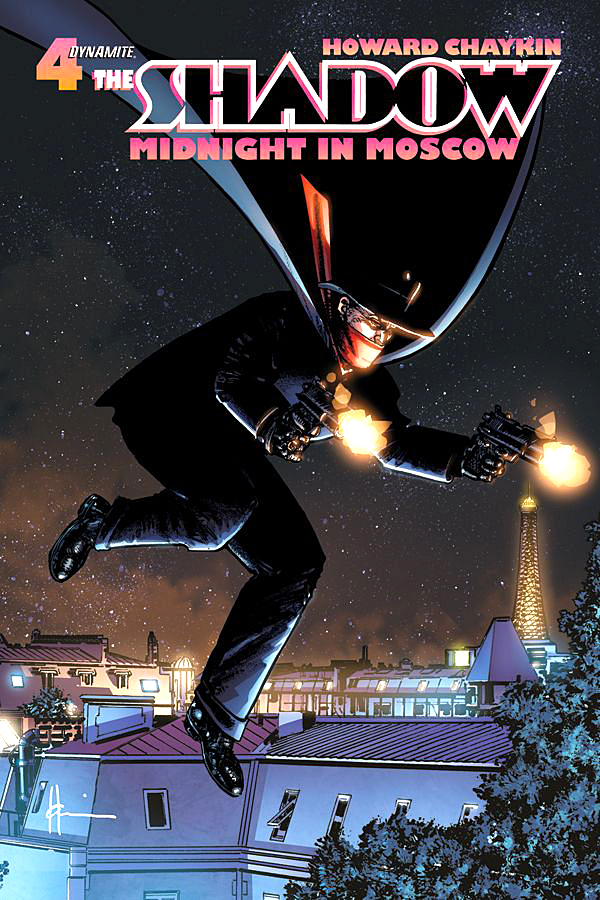John Cassaday — Masked Legends
The Shadow / Green Hornet: Dark Nights #1, July 2013
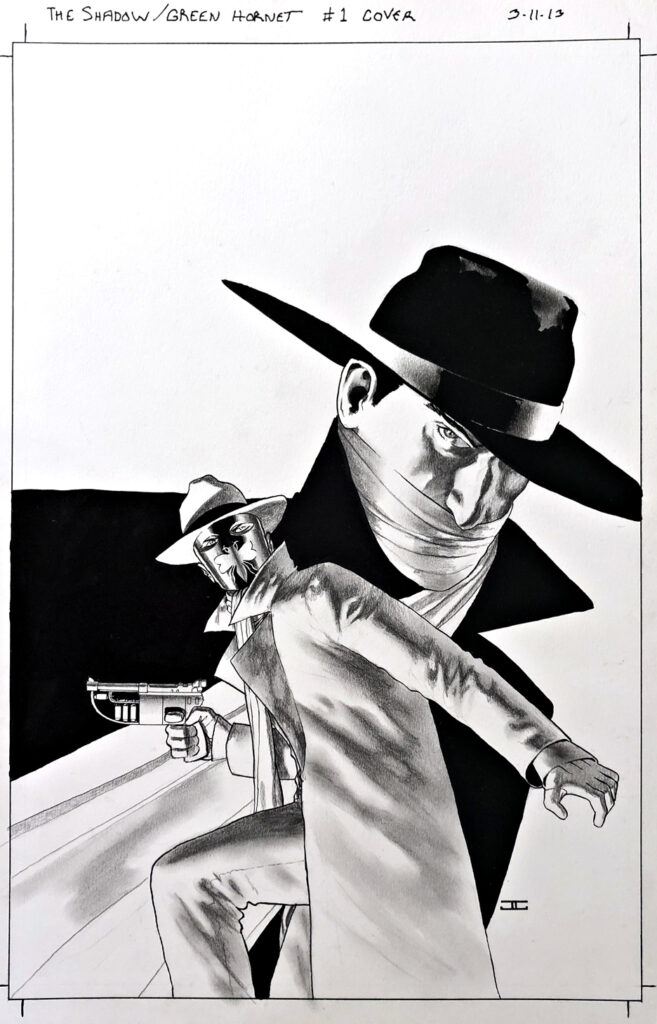
Nice to see two of my favorite classic characters, The Shadow and The Green Hornet together in one series, with a fantastic cover by the terrifically talented John Cassaday.
Pulps and comics — like peanut butter and jelly, yes? My dad connected many of the dots between the pulp, comics, radio and serial adventure characters for me at an early age.
I credit Jim Steranko (History of The Comics) and the nostalgia boom of the 60s and 70s for amplifying those connections.
And how about some contemporary credit to Nick Barrucci and the other talented folks at Dynamite Entertainment for (at least briefly) creating a cool “shared universe” with some of these unforgettable icons?
Fun books all around, and I know from personal experience it wasn’t easy securing all those licensing rights to make these kinds of mash-ups possible.


